Clematis Sweet Autumn
$19.00
Genus:Clematis
Species:terniflora
Variety:Sweet Autumn
Zone:5 – 9
Bloom Start to End:Late Summer – Mid Fall;Clematis Pruning:Group 3
Habit:Vining
Plant Height:20 ft – 30 ft
Plant Width:6 ft;Bloom Size:.5 in – 1 in
Additional Characteristics:Butterfly Lovers,Flower,Fragrance,Free Bloomer,Pruning Recommended,Rose Companions
Bloom Color:White
Foliage Color:Dark Green
Light Requirements:Full Sun
Moisture Requirements:Moist, well-drained
Resistance:Cold Hardy,Heat Tolerant
Soil Tolerance:Clay,Normal, loamy
Uses:Border,Everlastings,Fall Color,Ornamental,Outdoor,Vines and Climbers,New York
Clematis Sweet Autumn is a showy perennial offering late summer to early fall interest. A prolific bloomer, the plant sets billowy masses of 1-inch, pure white flowers, sweetly scented with hints of sugar, honey, and vanilla. The plant blooms on new wood, and at maturity, the vine is fully covered in flowers that attract bees, butterflies, and hummingbirds. Attractive plume-like seed heads, with a silvery sheen, replace spent flowers.
An exceptionally fast-growing, deciduous climbing vine, Clematis Sweet Autumn has a twining and trailing growth habit of leathery, shiny, dark green leaves that are fresh and attractive all season. There is an old saying about clematis’ growth rate: The first year they sleep, the second year they creep, and the third year they leap. But Clematis Sweet Autumn is an especially vigorous clematis that aggressively self-seeds and will naturalize if allowed. Train clematis to climb a trellis, arbor, post, or fence, adding vertical interest. Or allow it to amble along the ground, meandering gracefully through the shrubbery. But for something really special, pair it with a climbing rose, allowing the nimble clematis to twine its way around the sturdy rose stalks. The two will elegantly mingle blooms in the early season, but the clematis will carry it through the heat of summer and the rose will pick up again in fall as the clematis’ blooms fade.
Easy to grow, Clematis Sweet Autumn prefers full sun to part shade and fertile, moist, well-drained alkaline soil. But it tolerates a wide variety of soils, including chalk, clay, and loams and that are acid or alkaline. Good site selection is key. So, remember the adage for success with clematis when planting: feet in the shade, head in the sun. The plant should be placed where the leaves get plenty of sunshine (approx. 6 hours), but the roots are shaded and kept cool, either by low-growing, evergreen shrubs or by heavy mulch. In hot, humid climates, some light afternoon shade may be beneficial. Good drainage is important, and extremely wet locations should be avoided. Protect plants from strong winds but allow good air circulation. Deer resistant.
A Group 3 late-flowering clematis (blooms on new wood in the summer and fall; dies to the ground over winter), Clematis Sweet Autumn should be pruned hard before new growth appears in late winter to remove dead or weak, spindly stems and to make way for the new growth. Cut back to 2 feet or just above pairs of healthy, swelling leaf buds. If training to climb, loosely tie the vines to their structure at this time. It can be pruned again after the first flush of flowers in early summer, cutting back to large buds, to promote a second flush of flowers, but deadheading is unnecessary. This group has to re-grow to their mature size each summer, so they tend to be the last to flower.
Uses: Arbors, Pergolas, Trellises, Wall Sides, Fences, Borders, Beds, and Containers
| Weight | 1 kg |
|---|---|
| Dimensions | 1 × 1 × 1 cm |
Shipping Time
Shipping is an additional 15-35 business days depending on location. Shipping time will be provided at checkout.
Returns
If seeds fail to leave China, we will refund your payment 100%. But if seeds fail to reach you due to customs problem on your side which we were not informed in advance, we will not be able to bear any loss, and no refund will be made.
We sell only viable plants seeds online, and test germination of our seeds from time to time. So we will not be able to refund for seeds that clients fail to germinate, unless we are convinced that it's truly problem of our seeds.
———
Please send us an email: [email protected] and be as detailed as possible while filling in the information.
After submission, We will reply to you within 24 hours. Please be patient.
———
CHARGEBACKS & DISPUTES
Please contact us by email before opening a merchant chargeback or payment dispute, as we can generally resolve the issue before that takes place. Any chargebacks and disputes disable our ability to issue refunds or credits due to funds being frozen.
———
REFUND, EXCHANGE AND RETURN
Customers have the right to request a refund/ return/ exchange within 14 days from the delivery date. Our Customer Service team will offer the best solutions for specific situations.

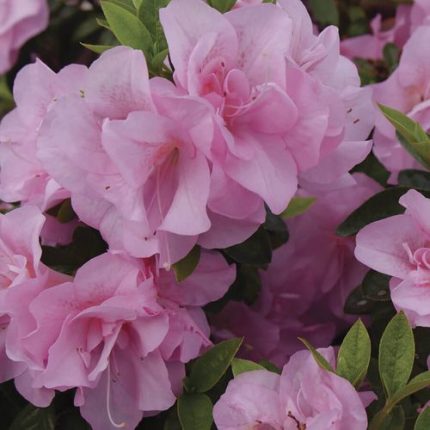
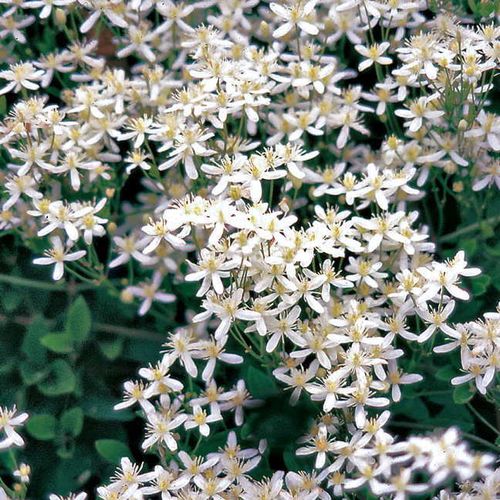
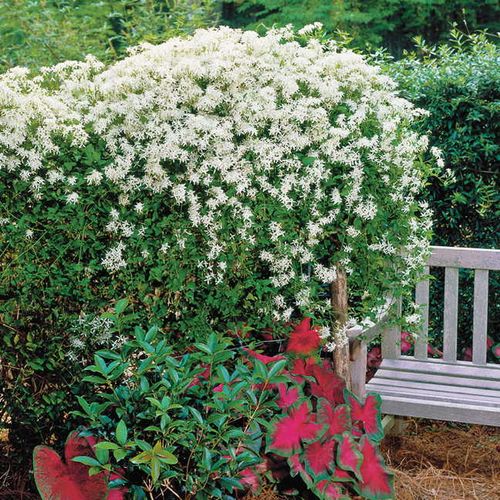
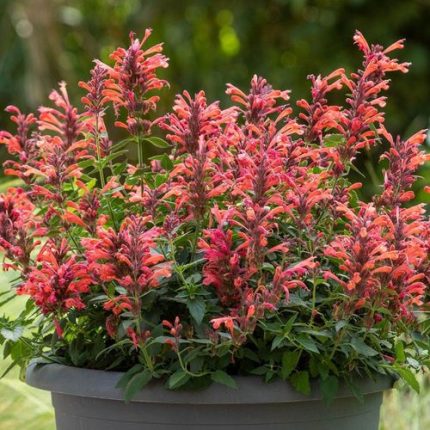

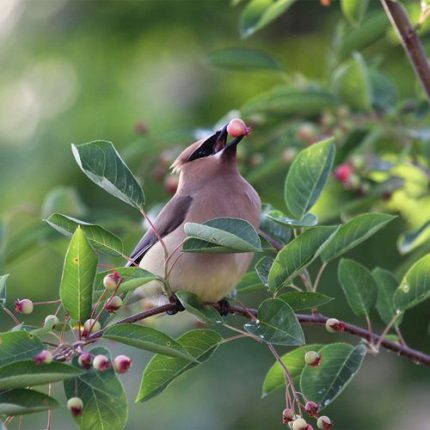
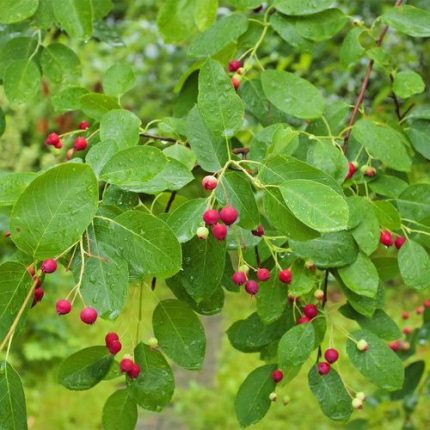
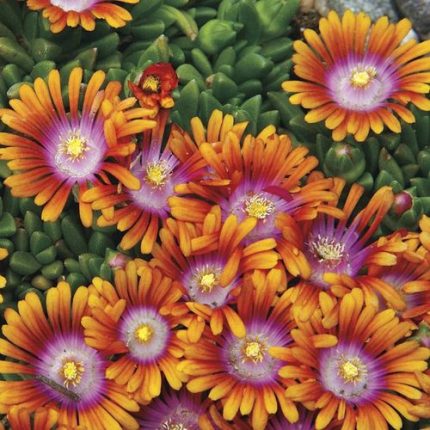
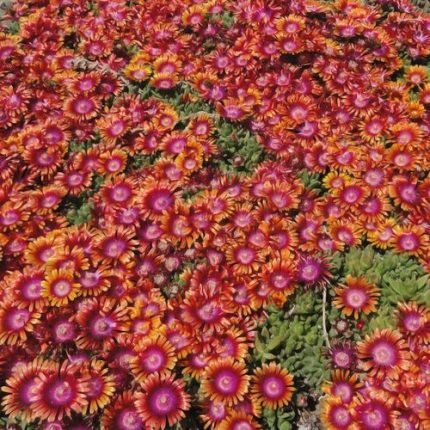
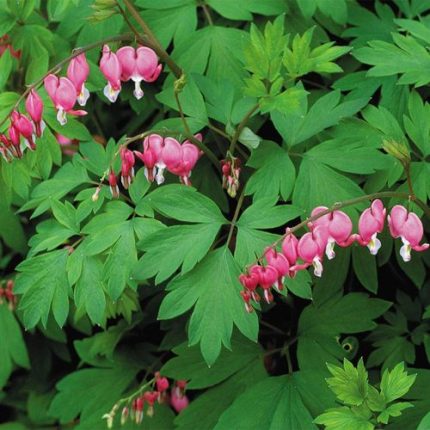
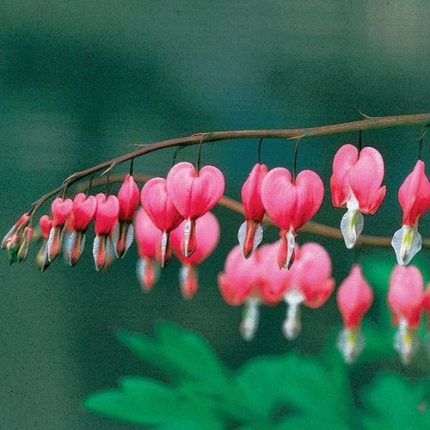
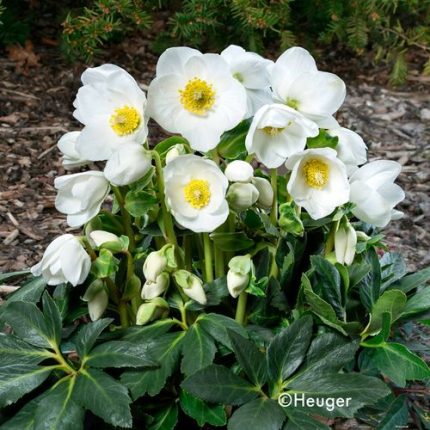
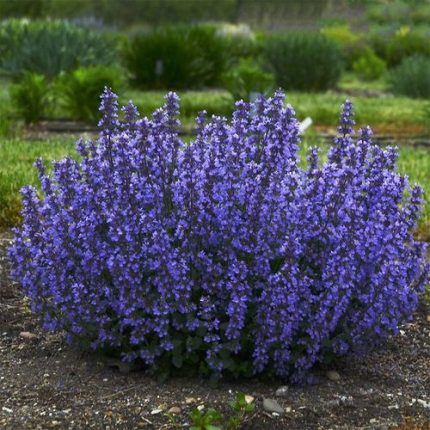
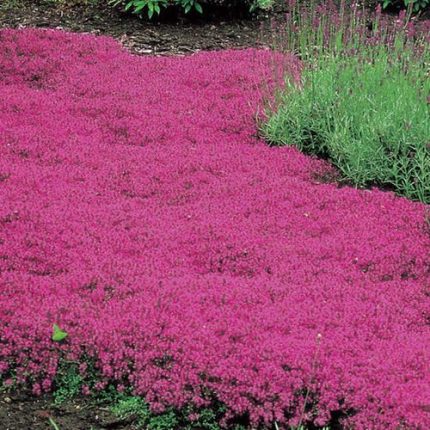
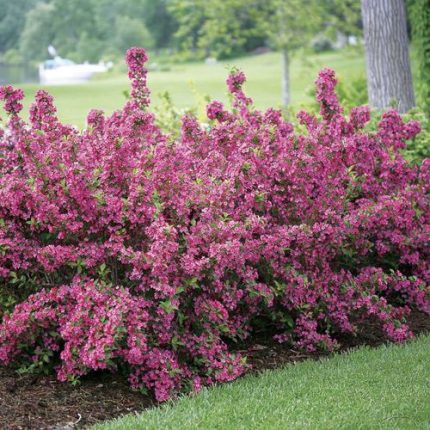
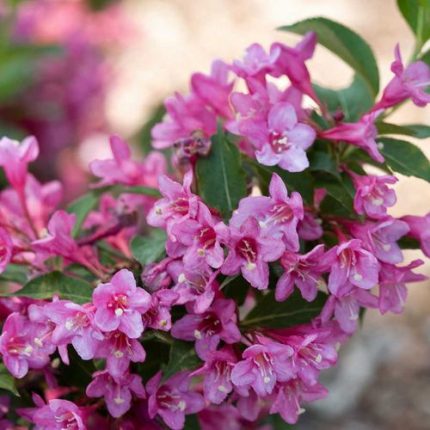
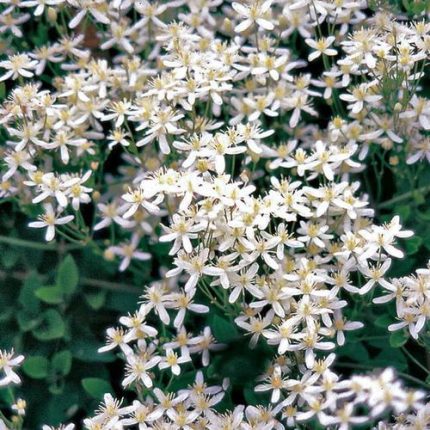
Reviews
There are no reviews yet.